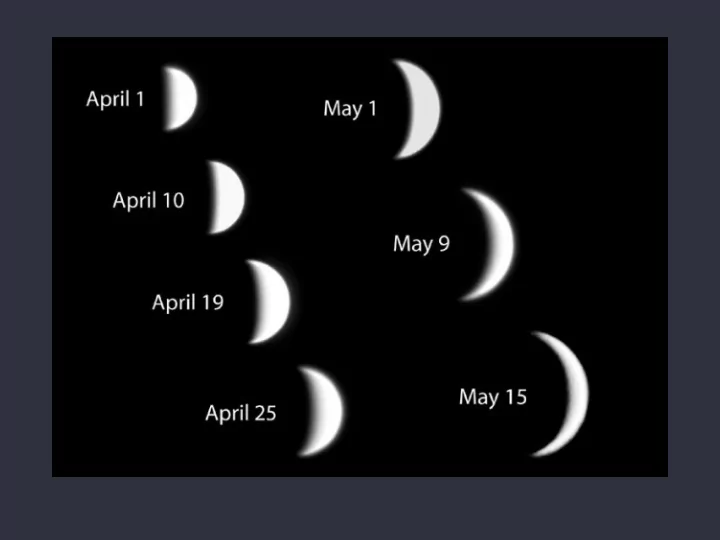

I have a question on figure 2 the lower-right panel. Why does the flux peak before the planet goes behind the star? Shouldn't it be going down since the planet is getting further from the telescope and therefore its brightness is increasing?
For the talk, at around 34 minutes there is a graph involving equilibrium temperature and relative size. What does he mean by equilibrium temperature?
This is actually a general physics/chemistry question, but it came about from the paper. At the beginning of section 7, the paper mentions hot, "self-luminous" planets and later discusses the planet with an occultation that's deeper than its transit. This made me realize that I have no idea how lava and other really hot things produce their own light.
Borucki kept talking about the habitable zone for exoplanets- defined as the region around a star in which earth like planets may be found. This seems very earth centric to me. Do astrobiologists consider it unlikely that life else where may be fundamentally different than that on earth and exist conditions uninhabitable by humans, or do they think they would not be able to interpret the chemical signature of these lifeforms as life even if they detected it?
Recommend
More recommend